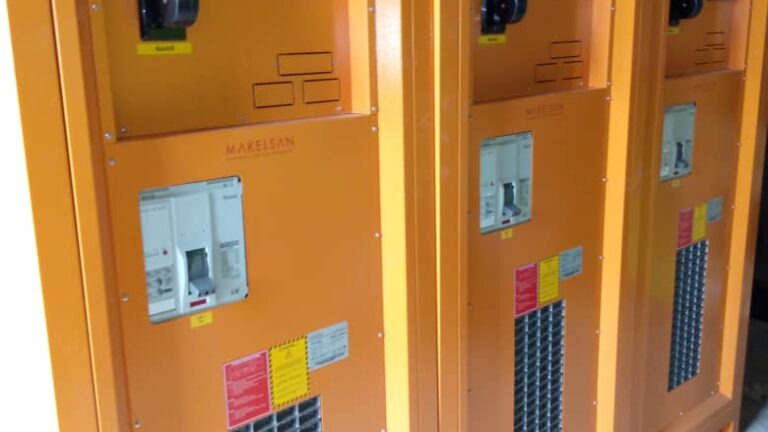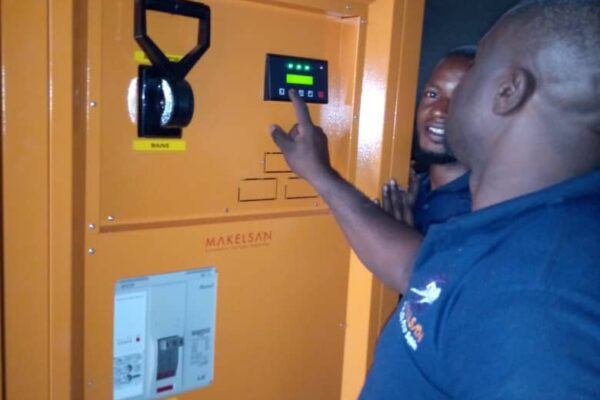Stabilizers have become unavoidable in today’s industrial world as it helps to cushion the effect of electrical spikes, sudden shocks, short circuits, and many other problems that are the result of improper voltage conditioning.
When it comes to what stabilizers can efficiently overcome these challenges, the Servo and Static Stabilizers are your choice. So, what’s the difference and how do you make the right choice for voltage stabilization for customized applications?
What is Servo Stabilizer?
Servo stabilizer is a system, which provides stable Alternate Current (AC) output voltage where the input power supply voltage changes drastically. It protects the costly equipment from high and low voltage problems. They work on Servo mechanism. They run by the main component called servo motor. It rotates in a clockwise and anticlockwise direction to manage and correct the voltage fluctuations.
What is a Static Stabilizer?
Static Voltage Stabilizer or Static Voltage Regulator, as the name implies is a type of voltage stabilizer that does not use any mechanical motors or moving parts such as carbon arms and brushes for voltage correction. Static Stabilizer has a solid-state arrangement that consists of high-frequency IGBT units and Pulse Width Modulation control which provides super smooth and highly stable output voltage even under severe erratic voltage conditions. Its operation is completely noiseless and is absolutely maintenance-free as no moving parts are used for voltage correction.
Now let’s pick out the difference between this two.
Difference between Servo and Static Stabilizers
- Operating Principle:
The working principle of servo stabilizers is the servo mechanism whereas Static uses the IGBT-based static voltage regulation process which is commanded and executed by a feedback control system using a digital signal processor (DSP). - Effect of Fluctuation:
In the case of the Static Stabilizers, no voltage fluctuations are transmitted to the output as the response time is fast and no mechanical switching unlike the Servo stabilizers which may allow fluctuations to be transmitted to the output due to mechanical switching - Maintenance
Static stabilizers do not have moving parts and so its maintenance is easy. But, the servo stabilizers have servo motors and shaft that move always – therefore, they face regular wear and tear. It’s necessary to frequently maintain the stabilizers. Therefore, the maintenance risks and the associated costs have to be faced when using servo stabilizers - Size:
The size of static voltage stabilizers is very much compact when compared to that of the servo voltage stabilizers.
Other differences are explained in the image below

Ultimately, using static stabilizers is comparatively beneficial when compared to servo stabilizers. With these characteristic features, one can decide well to pertain efficient and standardized stabilizer units.
Actolog Solutions offers customized sizes and capacities of servo stabilizers and static stabilizers to diversified customers across industrial, domestic, and commercial sectors.






Nice post. I learn something more challenging on different blogs everyday. It will always be stimulating to read content from other writers and practice a little something from their store. I’d prefer to use some with the content on my blog whether you don’t mind. Natually I’ll give you a link on your web blog. Thanks for sharing.
I found your blog site on google and verify a couple of of your early posts. Proceed to keep up the excellent operate. I just additional up your RSS feed to my MSN Information Reader. In search of forward to reading more from you afterward!…